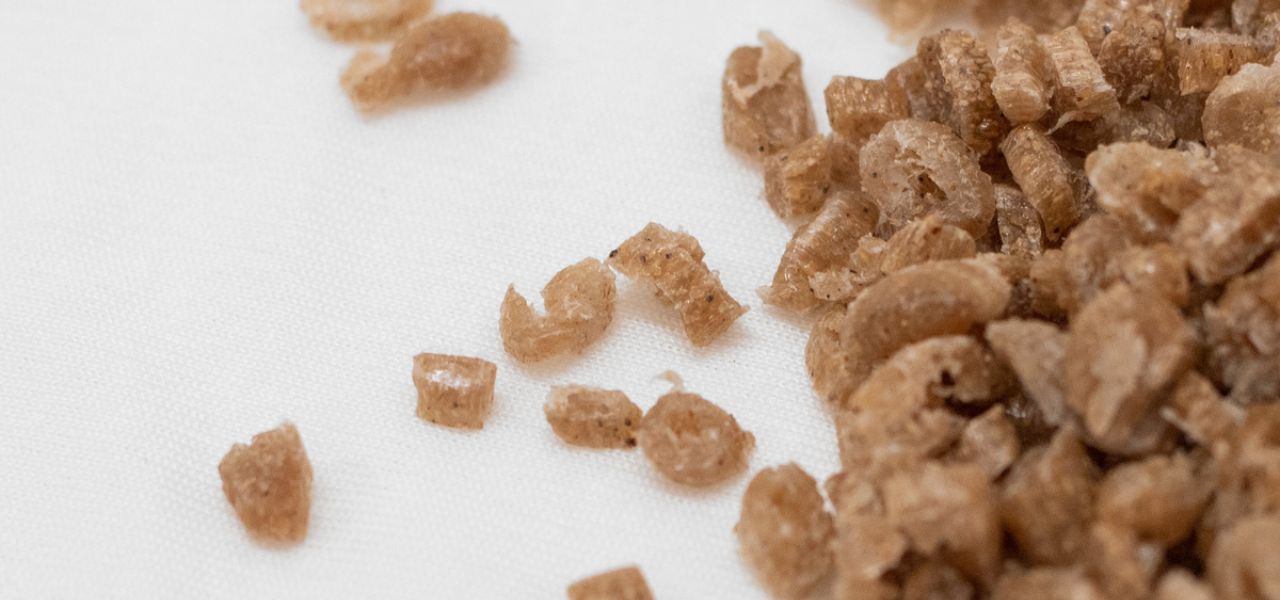Driving Change with Carbon Negative Products

As our planet faces the challenges of climate change, businesses and consumers alike are seeking innovative solutions. Carbon Negative Products have emerged as a game-changer, revolutionizing industries with their ability to actively reduce carbon emissions.
In this blog, we discover how these products drive positive change, supporting environmental sustainability and paving the way for a greener tomorrow. Explore the potential of Carbon Negative Products and unlock a world of possibilities for a more sustainable future.
Carbon Negative Products
The concept of carbon negative products has gained significant attention in recent years as businesses and individuals strive to combat climate change and reduce their carbon footprint. These innovative products go beyond carbon neutrality by actively removing more carbon dioxide from the atmosphere than they emit throughout their lifecycle. By utilizing sustainable materials and production processes, they offer a promising solution to address the environmental challenges we face.
One example of a carbon negative product is consumer goods made from plant-based plastic materials, and is increasingly being used in various industries. Made from renewable resources such as corn, sugarcane, or other plant-derived materials, plant-based plastic offers a viable alternative to traditional fossil fuel-based plastics.
Companies like AirX have developed plant-based plastics made from by-products such as coffee grounds, coconut husks, or sugarcane bagasse. These materials have a negative carbon footprint, meaning they actively contribute to carbon removal while also providing a sustainable option for consumer goods like cups, cutlery, and containers.
In addition to plant-based plastics, there are other carbon negative materials making waves in different industries. For instance, some construction companies are using carbon negative concrete, which absorbs carbon dioxide during the curing process, effectively reducing emissions. Another example is carbon negative textiles, where innovative processes are employed to create fabrics using sustainable materials like recycled fibers or algae-based fibers.

The adoption of carbon negative products across industries has several benefits. Firstly, it helps reduce greenhouse gas emissions by actively removing carbon dioxide from the atmosphere. This contributes to mitigating the impacts of climate change and helps achieve global sustainability goals. Secondly, the production and use of carbon negative products can lead to a more circular economy, minimizing waste and promoting resource efficiency. Finally, these products have the potential to create new market opportunities and stimulate economic growth, particularly in the green technology and sustainable materials sectors.
As businesses and consumers become increasingly aware of the need for sustainable solutions, the demand for carbon negative products is expected to rise. However, challenges remain in terms of scalability, cost-effectiveness, and awareness. Continued research and development, investment in sustainable technologies, and collaboration between industries and governments are crucial to driving the adoption of carbon negative products on a larger scale.
Environmental Benefits of Carbon Negative Products
Carbon negative products play a crucial role in addressing climate change and mitigating the environmental impact of various industries. These innovative products not only reduce carbon emissions but also actively remove carbon dioxide from the atmosphere.
Reduction of Greenhouse Gas Emissions: Carbon negative products are designed to have a net negative carbon footprint, meaning they remove more carbon dioxide from the atmosphere than they emit during their entire lifecycle. By utilizing carbon capture and storage technologies or incorporating carbon sequestering materials, these products help offset emissions and contribute to overall carbon neutrality.
Carbon Sequestration and Storage: One of the key advantages of carbon negative products is their ability to capture and store carbon dioxide. This process involves extracting carbon dioxide from the atmosphere and permanently storing it, preventing it from contributing to the greenhouse effect. By effectively sequestering carbon, these products help in the fight against global warming and climate change.
Preservation of Natural Resources: Many carbon negative products are designed to replace traditional materials that have a high carbon footprint. For example, plant-based plastics made from renewable resources like corn or sugarcane reduce the reliance on fossil fuels and decrease the extraction of non-renewable resources. By using sustainable alternatives, carbon negative products help conserve natural resources and promote a more circular and eco-friendly economy.

Improved Air Quality: By reducing greenhouse gas emissions and adopting cleaner production methods, carbon negative products contribute to improved air quality. The manufacturing processes associated with traditional products often release harmful pollutants and particulate matter into the atmosphere, leading to air pollution and negative health effects. They help mitigate these risks and create a healthier environment for both humans and ecosystems.
Biodiversity Conservation: The adoption of carbon negative products can have indirect positive effects on biodiversity conservation. By minimizing carbon emissions and promoting sustainable practices, these products contribute to the preservation of ecosystems, habitats, and biodiversity. This is especially crucial as climate change poses significant threats to vulnerable species and their natural habitats.
In conclusion, carbon negative products offer compelling environmental benefits by reducing greenhouse gas emissions, promoting carbon sequestration and storage, preserving natural resources, improving air quality, and contributing to biodiversity conservation. The widespread adoption of these products is essential in combating climate change and creating a more sustainable future for our planet. By prioritizing the development and utilization of these products, we can drive positive change and work towards a greener and more resilient world.
Economic Advantages of Carbon Negative Products
In today's world, where the focus on sustainability is increasing, carbon negative products are emerging as key drivers of change. These innovative products not only contribute to environmental preservation but also offer significant economic advantages. Let's explore some of the economic benefits associated with these products.
Cost savings through energy efficiency: Carbon negative products often integrate energy-efficient technologies and practices. By reducing energy consumption during production, transportation, and use, businesses can experience substantial cost savings. Energy-efficient processes result in lower utility bills, reduced operating expenses, and increased profitability. Additionally, advancements in renewable energy sources, such as solar or wind power, can help businesses transition to cleaner and more cost-effective energy alternatives.

Market demand and consumer preferences: As environmental awareness grows, consumers are increasingly seeking sustainable products and supporting businesses that prioritize eco-friendly practices. Carbon negative products resonate with environmentally conscious consumers and can attract a larger customer base. By offering these products, businesses can tap into new markets, gain a competitive edge, and enhance their brand image. This market demand creates opportunities for growth and expansion.
Regulatory incentives and grants: Governments and regulatory bodies are increasingly recognizing the importance of carbon reduction. They often provide incentives, grants, and financial support to businesses that adopt and develop carbon negative products. These incentives can include tax credits, subsidies, or grants for research and development. By taking advantage of these programs, businesses can reduce their upfront costs, accelerate innovation, and gain a competitive advantage in the market.
Enhanced brand value and reputation: Incorporating carbon negative products into business practices demonstrates a commitment to sustainability and responsible environmental stewardship. This enhances the brand value and reputation of businesses, making them more attractive to customers, investors, and partners. It can also result in increased customer loyalty and brand loyalty, which can lead to long-term business growth and success.
In conclusion, the economic advantages of carbon negative products are multifaceted. They provide cost savings through energy efficiency, tap into growing market demand for sustainable products, create job opportunities, benefit from regulatory incentives, and enhance brand value and reputation. By embracing carbon negative products, businesses can not only contribute to a greener future but also experience positive economic outcomes.
>>> Learn more: Carbon Negative Energy - From Emissions to Efficiency
Contact us
AirX is the world's first carbon-negative bio-material made from coffee grounds manufacturer.
We specialize in producing bio-based composites using recycled carbohydrates derived from by-products such as coffee grounds, coconut husk, husk, and bamboo. Our goal is to promote sustainability through the use of eco-friendly materials.
We are always here to help and provide the best service possible. If you have any questions or would like to receive advice and feedback directly from our sales staff, please do not hesitate to contact us. You can reach us through:
- Whatsapp: +84 969 742 950
- Email: [email protected]
We look forward to hearing from you!

